Building A Cross-Game Item Future
In-game items are the main drivers of revenue in game economies, and yet we're still a long ways away from unlocking their true potential. Cross-game items will create opportunities  for a vast spectrum of value creators that are yet to be discovere

In-game items are the main drivers of revenue in free-to-play game economies, and yet we’re still a long ways away from unlocking their true potential. Dated game design techniques have kept our items trapped in 1-sided game economies, hidden behind in-app purchase-locked loot boxes.
What if we release them from these shackles, and make our in-game items usable across ALL our games?
This is a new frontier enabled by cross-game items. It will create a wealth of opportunities — not just for players and developers — but also for a vast spectrum of value creators that are yet to be discovered.
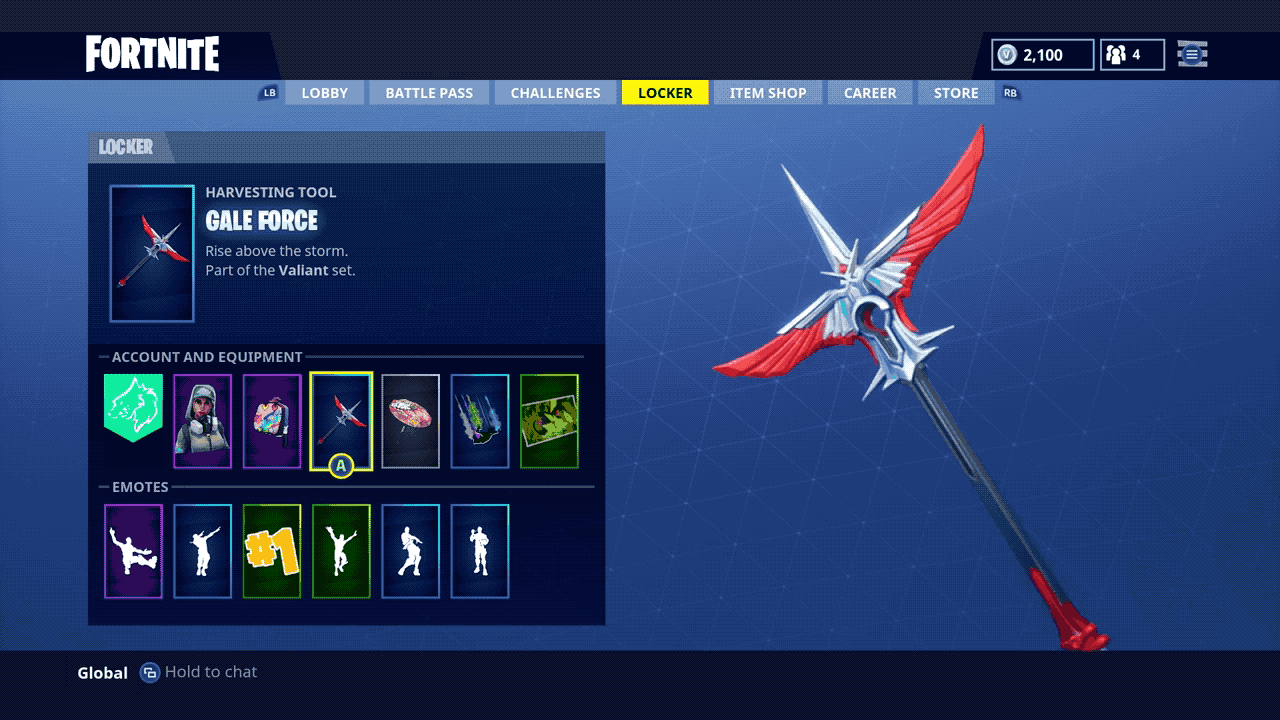
Gale Force Gif from https://www.youtube.com/watch?v=vDf6pFx4DNw
The Promise of Cross-Game Items
When you finally acquire a Gale Force in Fortnite (after paying 950 V-Bucks and completing several hours worth of quests), you don’t actually own that brand new harvesting tool. You only unlocked permission to use that item: a permission that’s account-bound to your Epic login.
Your ownership of that Gale Force is an illusion, all dependent on your access to Epic’s servers.
What’s more, the item is trapped in that ecosystem. It’s designed to only have utility inside Fortnite, and has no other possible value outside the game. (for more details, see Ownership, Utility, Representation).
We’ve been so used to this — game economies have historically been closed to just one game — that we take it as a given.
Imagine this alternative scenario. We earn an in-game weapon in Fortnite, like an epic tactical shotgun. Instead of it just being a skin though, the item is built to be a cross-game item. Upon earning the shotgun, it’s stored not on the Epic servers but is tracked in our crypto wallet, removing it’s dependency from an Epic user account.
Once we’re done failing to get yet another Victory Royale, we can just fire up good ol’ Team Fortress 2. We can then use our crypto wallet to sign into our Steam account, and continue using that same gun to defend capture points as a TF2 Engineer.
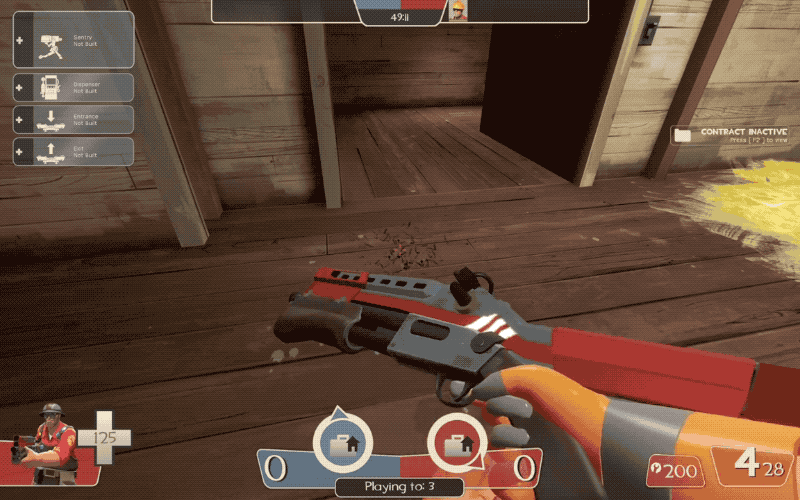
A glimpse of our cross-game item future — The Fortnite Tactical Shotgun used in Team Fortress 2 (source: https://www.youtube.com/watch?v=zfbmVzFqnSQ)
The Tech Already Exists!
This scenario seems like it comes from an imaginary movie world where we don’t understand how technology works (I’m looking at you, Killer App!), but the truth is all the building blocks are already here for us to start building this cross-game item future.
In fact, an early example of using crypto wallets for in-game items was already achieved by EverdreamSoft’s Spells of Genesis. In the game, collectible cards are stored on the Bitcoin blockchain, allowing them to be tradable and untethered from the game’s economy.

In-game cards for Everdreamsoft’s Spells of Genesis were created using the same technology as Bitcoin, allowing them to be tradable via their other app Book of Orbs
Another pioneer of cross-game items is Axiom Zen’s Cryptokitties, which created the game’s cats on top of the Ethereum network. The cats were built using the Non-Fungible Token (NFT) standard, allowing them to be tracked using crypto wallets and usable across any game.
Cryptokitties’ early popularity has allowed them to be the first examples of cross-game items, with other developers organically building games around the cats such as Crypto Cuddles and Kitty Hats.

Cryptokitties are the pioneers of NFTs (Non-fungible tokens), a standard for creating items on the Ethereum blockchain. This standard makes Cryptokitties cross-game ready, and we’ve seen games such as Crypto Cuddles (combat) and Kitty Hats (cat customization) built organically around them.
And these are just two of the more popular examples — lots more are coming in the next few months. Blockchain and standards such as NFTs have given us the starting point to build cross-game items, and our imagined alternative scenario may not be so far off from happening.
Platforms and Grey Markets
Cross-game items are a clear value proposition for players, but why would developers want to make their items cross-game? The answer lies in network effects (NFX does a great job at explaining network effects in more detail in their Network Effects Manual).
Using NFX’s framework, an economy like Fortnite is essentially a 1-sided Platform. Transactions can only occur between the game and the player. The value of the network increases only when a player purchases something inside the game.
The game is the only node in the network that benefits from transactions, and all in-game item supply is centralized.
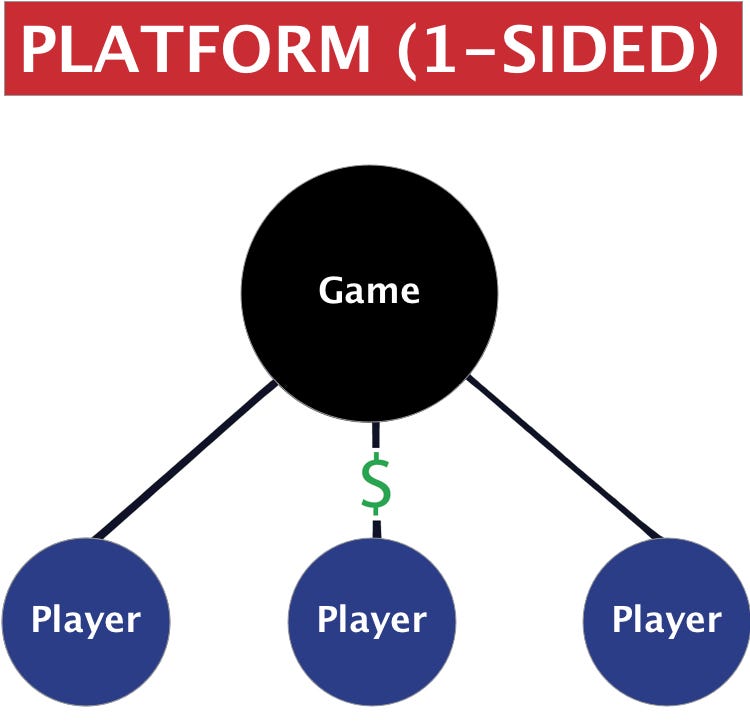
The reason this model exists is that we’ve been so used to it. It’s easy. We’ve been building games using this model for years, and it’s been working.
The truth is, the 1-sided Platform model is outdated, and doesn’t accurately capture the whole value chain in the network.
In-game items are items of value. An amount of resources and work were expended to create them, and they have an appropriate value that players will be willing to trade them for.
In any economic network where there is supply and demand, actors will inevitably find a way to transfer value even if we don’t design for it.
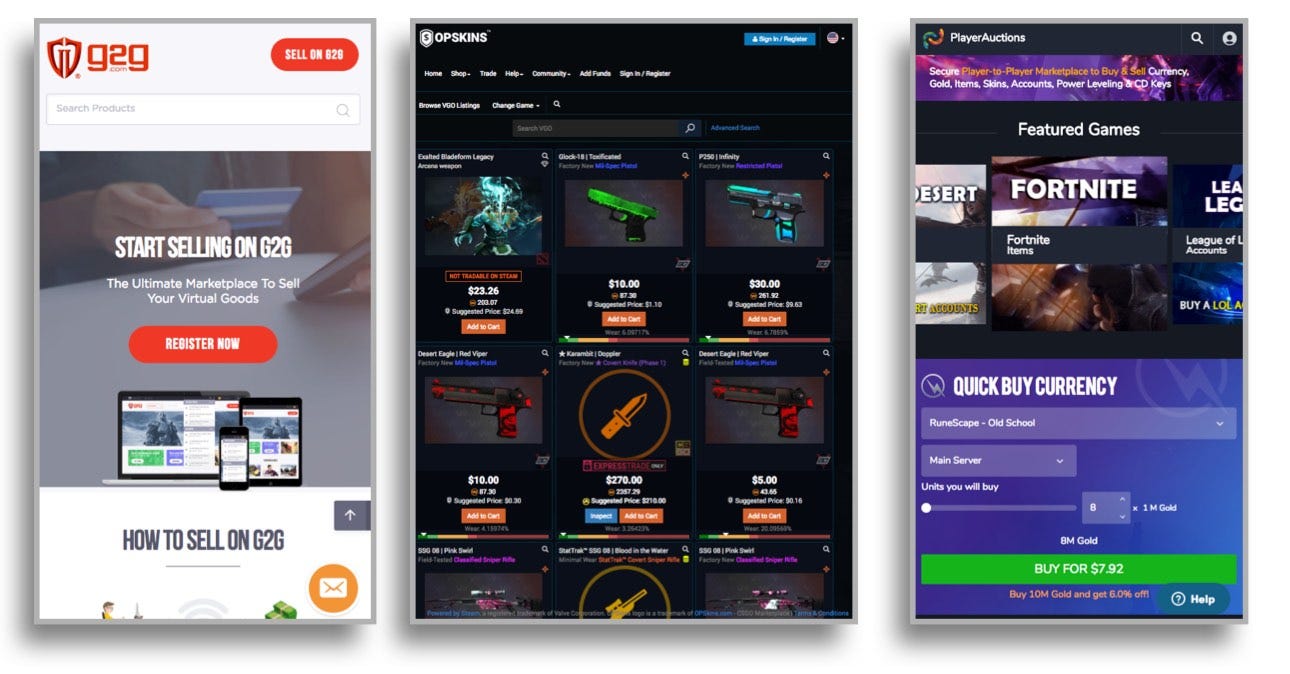
Grey markets always pop-up in economies where there‘s trade demand but no direct way in the game to trade them.
We’ve seen this happen in virtual economies all the time. Even if games were designed for items to not be tradable, grey markets pop up to address the need. Bots will grind in-game gold, people will sell whole accounts.
Being grey markets these have the potential to undermine player safety and unbalance the economy. Some developers address this by banning accounts, but it’s an inelegant solution and a stop-gap measure.
A More Accurate, More Valuable Model
By using cross-game items, we we’re able to transition from a 1-sided platform model to a market network — a more accurate representation that takes these grey markets into consideration.
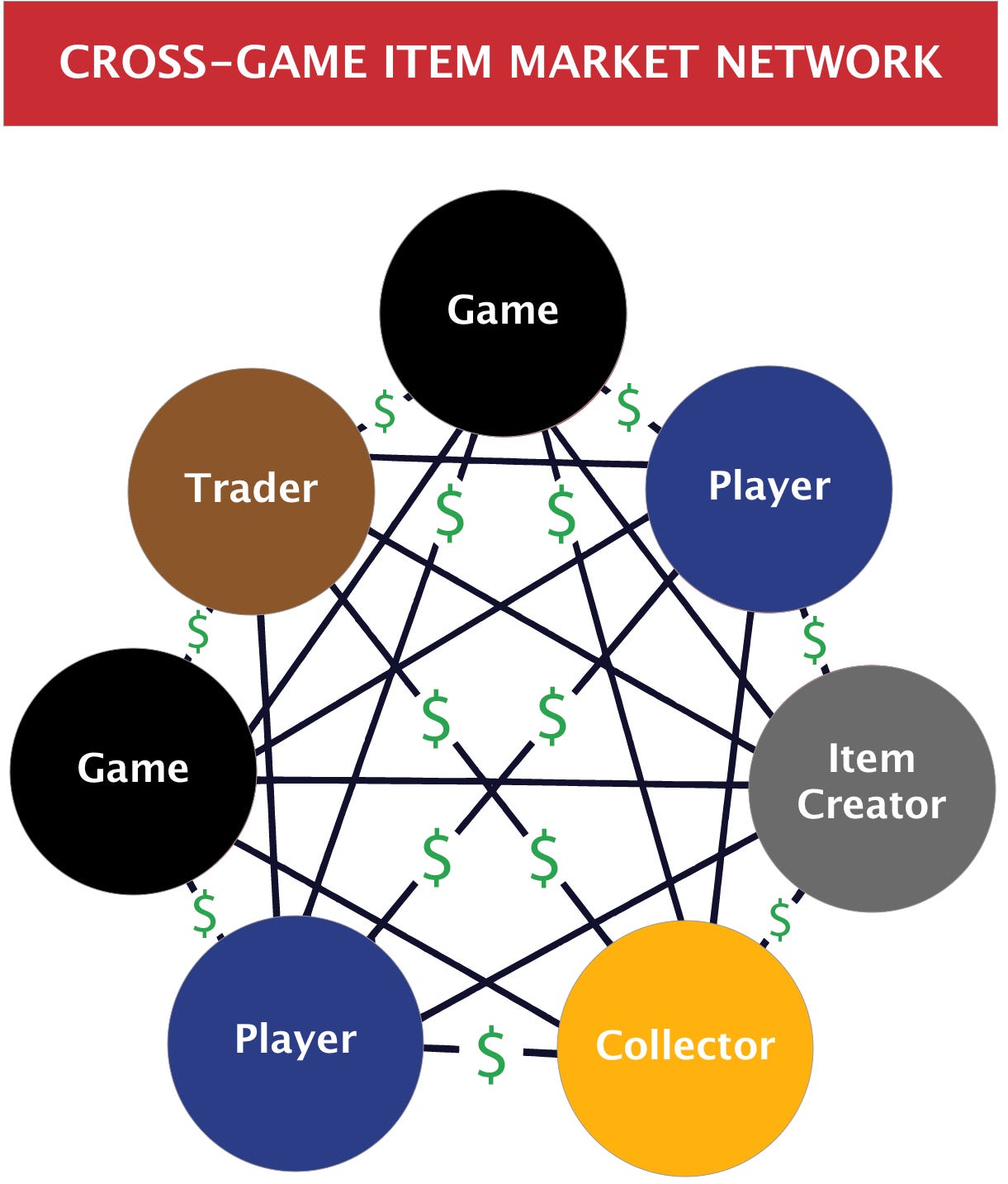
By making items cross-game, we allow more connections (and consequently, network effects) into our economy.
Opening up the network to other game ecosystems creates more value creator roles and gives everyone in the ecosystem opportunities to find value in these new connections. As an example, one of the early opportunities we’ve seen is game crowdfunding via Initial Item Offerings. More are sure to be discovered as cross-game item markets mature.
Additionally, another important benefit of enabling a cross-game item market economy is we’ve effectively decentralized dependency away from a single game. In case the game servers of one game close down, our items will still be usable in other games that use cross-game item standards.
A Cautionary Tale
In the same way that blockchain has disrupted financial systems, cross-game items will disrupt virtual economies as well. Developers stuck in designing using a 1-sided Platform Model are like banks decrying Bitcoin as a fraud — they’re hiding their heads underneath the sand instead of facing the new challenges brought about by decentralization head-on.
This is understandable though, as a market economy is scary and tremendously hard to balance.
Blizzard’s Diablo 3 is a cautionary tale. In 2013, Blizzard introduced a market economy in Diablo 3 via the Real Money Auction House. It was a bold experiment, creating a subset of traders inside the game that earned thousand of dollars from selling items to other players. Sadly Blizzard closed it down after a year, stating that the auction house undermined the core game design.

Diablo 3 Auction House Screenshot taken from Diabloii.net
This was undoubtedly true: the core standalone $60 experience was not optimally designed for the asymmetric realities of a real money economy.
Where would the Real Money Auction House be right now though if Blizzard stuck with it?
It’s unfortunate, as such a radical economic experiment would take several iterations to get right. The Auction House was just way ahead of its time, designed before this new era of cryptocurrency and tokenization.
It was the start of a market model though, and if they iterated on it long enough they would have been able to craft more sustainable systems. Now that a lot of new tech and collective intelligence is focused on smart contracts, now might be a good time for them to revisit an open market economy.
Other Prior Work from other Developers
Even before cross-game items, a few pioneering game developers already made good use of the network effects from linking games together.
One of my favorite examples is Butterscotch Shenanigans’ use of a Bscotch ID across their games, allowing you to earn items across the Butterscotch Universe.

In Crashlands, you’re able to get this Smash Racket if you unlocked a certain achievement in Butterscotch Shenanigans’ other game, Quadropus Rampage
Blizzard also does this all the time, using cross-overs from each of their universes to continually engage their audiences across their games.

Promotional items from Blizzard across their games, image from Polygon
Valve also used to regularly do item tie-ups with other games and Team Fortress 2.
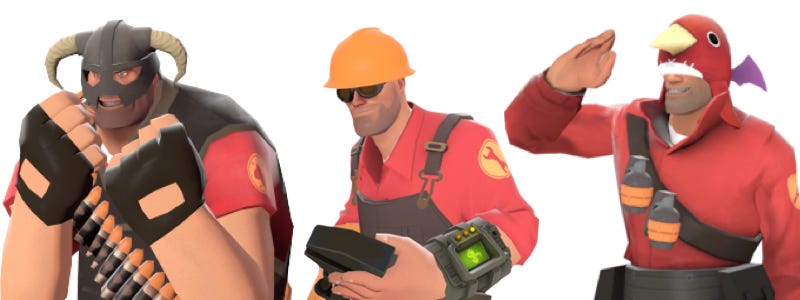
The Skyrim Dragonborn Helmet, Fallout Pip-Boy and Disgaea Prinny Hat promotional items for Team Fortress 2
While these items are cool, they aren’t truly cross-game items. For an item to be cross-game, the same item has to have utility across several games.
Speaking of Valve, we can also credit the Steam Platform for laying the groundwork for building sustainable market economies.
While they’re still not cross-game, the Steam Workshop and Community Market are great showcases of what’s possible with in-game items. Workshop has enabled a new class of item creators, while the Community Market created a sustainable out-of-game market economy.
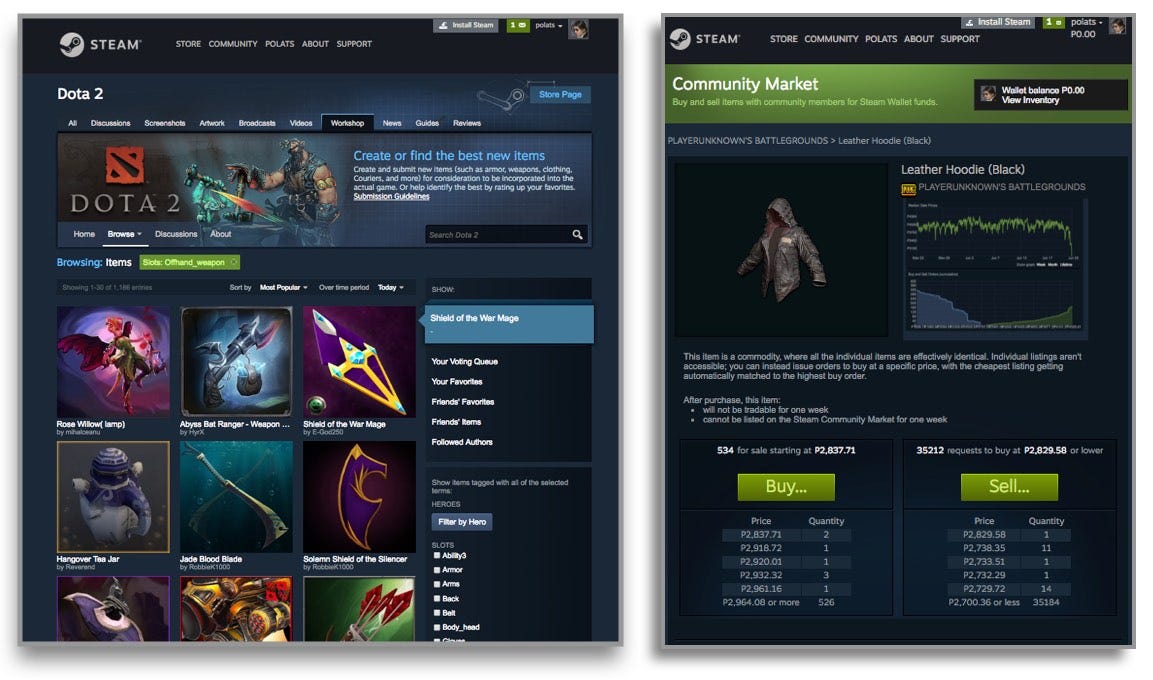
One weakness of the platform though is, being centralized around Steam’s servers, players also don’t truly own their items. If for some reason Valve shuts down, bans our account or even if a country decides to start blocking Steam, we’ve lost all access to our hard-earned items.

Valve enabled an item network in Steam via the Steam Workshop and Community Market, but 1) it’s centralized (losing Steam will make all our items lose value), and 2) Items in the Steam ecosystem don’t have cross-game support
Valve is one of the most future-forward game development companies though, and I believe it’s in their DNA to address this, similar to how they’re pioneering technology in the VR space.
C’mon Valve, it’s time to make items cross-game and try something scary with in-game economies!
Cross-Game Items: The Future of Stories and Game Design
Once we’ve enabled cross-game items, not only will new value be created but new undiscovered game design mechanics will be found.
Extra Credits has an interesting episode on swords built on the blockchain. With each kill, the sword gets stronger. As it’s traded among players, it earns more and more of a history. Imagine Frodo’s Sting and the mythology behind that item — our in-game items can start to have that kind of mythology.
Now imagine being able to take that item with you across other games.
For example, these are my Scout’s items in Team Fortress 2. I’m particularly proud of my Hat of Undeniable Wealth and Respect, and always tell people how I got it from spending sleepless nights unlocking achievements during the Great Steam Treasure Hunt.

I can’t wait for cross-game items to become a standard. I’ll be wearing that hat EVERYWHERE.
How Do We Get Started?
Current platforms and publishers are deeply entrenched and don’t really have an initiative to change the status quo. It falls upon us technologists, indie game developers and players who believe in this cross-game item future to #freeouritems.
We need to create a cross-item movement that becomes so compelling that the whole industry will need to take part.
We’ve set up a discussion board for those who want to help us achieve cross-game item interoperability over at https://gitter.im/cross-game-items.
At Alto.io, we’re also building tools to enable this future. The building blocks of technology are already there, but there’s still a lot of work that needs to be done. Below are some challenges we hope to address.
Challenge # 1: Standards
Similar to how HTTP enables any browser to render a web page, we need to agree on a protocol for items to work cross-game.
There’s been initial work on item standards such as NFT which has solved the ownership aspect, but we need to be able to address the utility and representation pieces as well.
The space is new and evolving, and there are several standards from several other game companies and item exchanges. Perhaps one day there will be a “Cross-game Item Protocol” that all games will use. For now we’ll start documenting a few of the existing standards here, and will build tools that take these standards in consideration.
Challenge # 2: User Experience
Right now the best way to see any NFTs you have is via a wallet, or an item exchange. If we’re going to have players use cross-game items, we’ll need an interface that is welcoming to them, and not “too crypto”.
I’ve written on crypto’s UX challenge before, and I believe more game developers looking into the space will be what eventually addresses this need.
Challenge # 3: Game Balance
One of the main questions I get when, if items are cross-game, what if someone makes an item too overpowered?
This is a design discussion around where we define an item’s utility— do we store them as metadata in the item or do we create separate metadata for each game?
Our initial opinion on this is the latter, as this avoids the problem of an item being too overpowered directly. There may be interesting use cases of games sharing item metadata though, and this may change as the standards become more defined.
Challenge # 4: Adoption
Last but not the least, we go back to network effects. As more and more people see the value in cross-game items and use them, the more we ensure its future.
We need to start building games that use cross-game items and get more and more players invested in a shared item economy.
As someone deep in the blockchain and in-game market ecosystems I see the value of cross-game items. I get excited with the thought of freeing our items and the new gameplay and economic opportunities they’ll create.
Not enough players and developers recognize this though, and the closed platforms have no incentive to disrupt the staus quo. They’ll even actively work on building walls around our games and items.
We need to break down these walls.
So spread the word.
#freeouritems
Thank you for reading! To talk to us about cross-game items, join us over at Gitter. For more general cryptogame discussion, please join the cryptogamegroup group over at Telegram.
Small plug — here at Alto we want to enable the shared item economy and cross-game item interoperability. We’ve started the Alto Developer Challenge in collaboration with BlockchainGamer.biz, a developer challenge aiming to foster cross-game item usage.
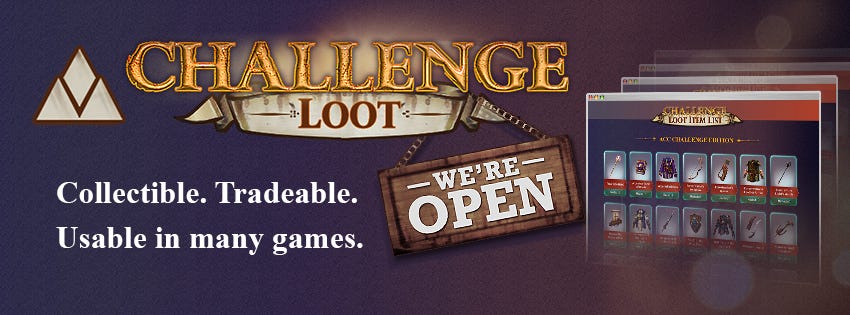
Do check the contest out HERE, and subscribe to our channels at Alto.io to keep in touch.
You can also check out my previous posts:
On Virtual Swords, Core Loops and the Decentralized Cryptoitem Economy
Or: It’s Dangerous To Go Alone! Take This — And Keep It Forevermedium.com
Insert Token: How The Blockchain Will Revolutionize The Game Industry
Blockchain, the technology behind Bitcoin and other cryptocurrencies, will change not only how we pay for but also how…medium.com
Let’s Build A Decentralized Game Economy Using Blockchains [Part 1]
Decentralization and Creating Your Own Cryptocurrencymedium.com
Crypto’s UX Challenge: Or Why The Blockchain Needs Game Designers
The first time I tried downloading an Ethereum wallet, I unintentionally set up an Ethereum node on my Desktop PC…medium.com
The Cryptogame “Hello World”: Make it Rain ERC20 Tokens!
(ノ ˘_˘)ノ 。゜。゚medium.com
Attribution:
All properties mentioned belong to their respective copyright holders.
The icons from the diagrams come from The Noun Project, they have icons for everything!
Read more about:
BlogsAbout the Author(s)
You May Also Like







.jpeg?width=700&auto=webp&quality=80&disable=upscale)








